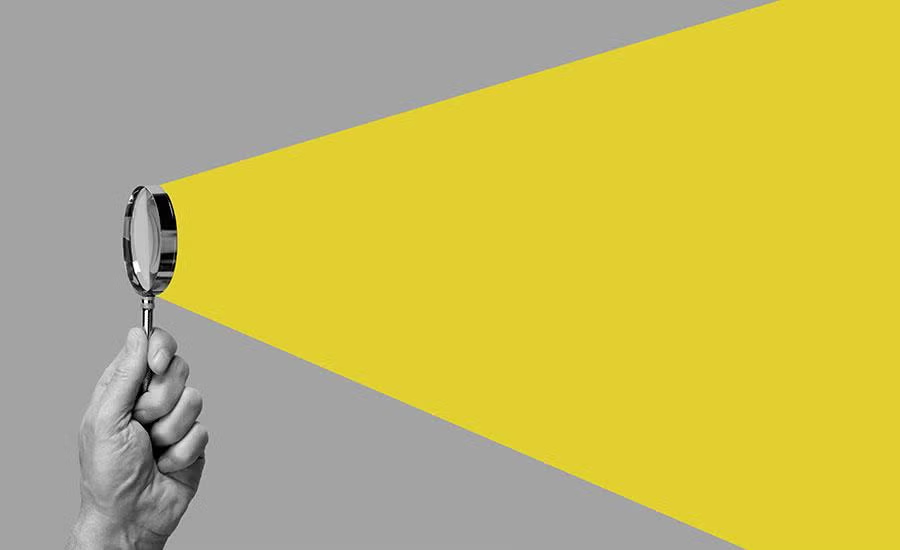
Human Eye vs. Camera
by Amsavalli Thangavel
This lesson helps kids have an understanding of how our eyes capture light. A camera captures pictures of objects using a similar way so in this experiment, kids will be making a camera using simple materials the teacher will provide. They will test out the camera, make their observations, and write a report on it using the instructions.
Lesson Plan Link/URL
https://docs.google.com/presentation/d/1vOD8SRXUIqFqEwFA4LKZ-Vhl-IedXu8lnPjA_CX…Subject Area
Science Physical Science P2: Objects at a Distance Life Science L1: Cells Technology 1. Empowered Learner 4. Innovative Designer Engineering S2: Apply the Engineering Design Process Mathematics Geometry (G) English Language Arts (ELA) Writing
Featured
Off
Related Content

Grades:
1st Grade, 2nd Grade, 3rd Grade
In this lesson, students design, build and test model candy cars made from simple materials. They measure the changes in distance and travel by the addition of revision of design features. Students

Grades:
5th Grade, 6th Grade
A glider is a great physical science/STEM challenge for fifth/sixth grade students. This project allows students to use scissors and utility knives to build and modify a glider that will travel as far

Grades:
5th Grade, 6th Grade
This is a lesson plan made to target the fifith grade standard on how noncontact forces impact one another. It can be adapted to grades 5-12. Students will explore magnetism and polarization, research